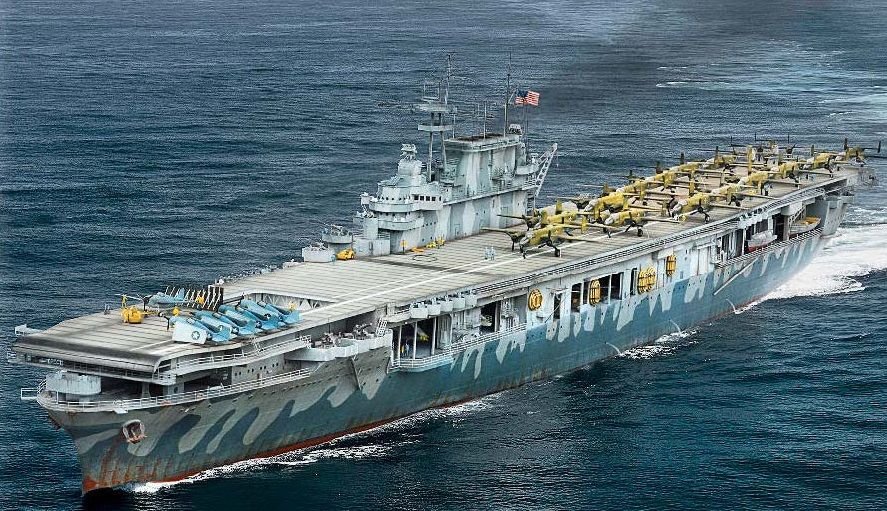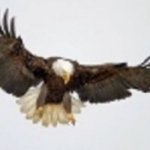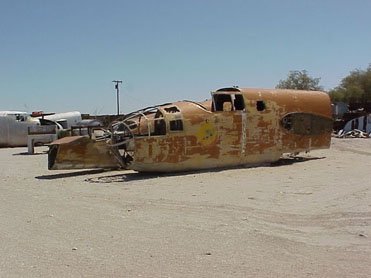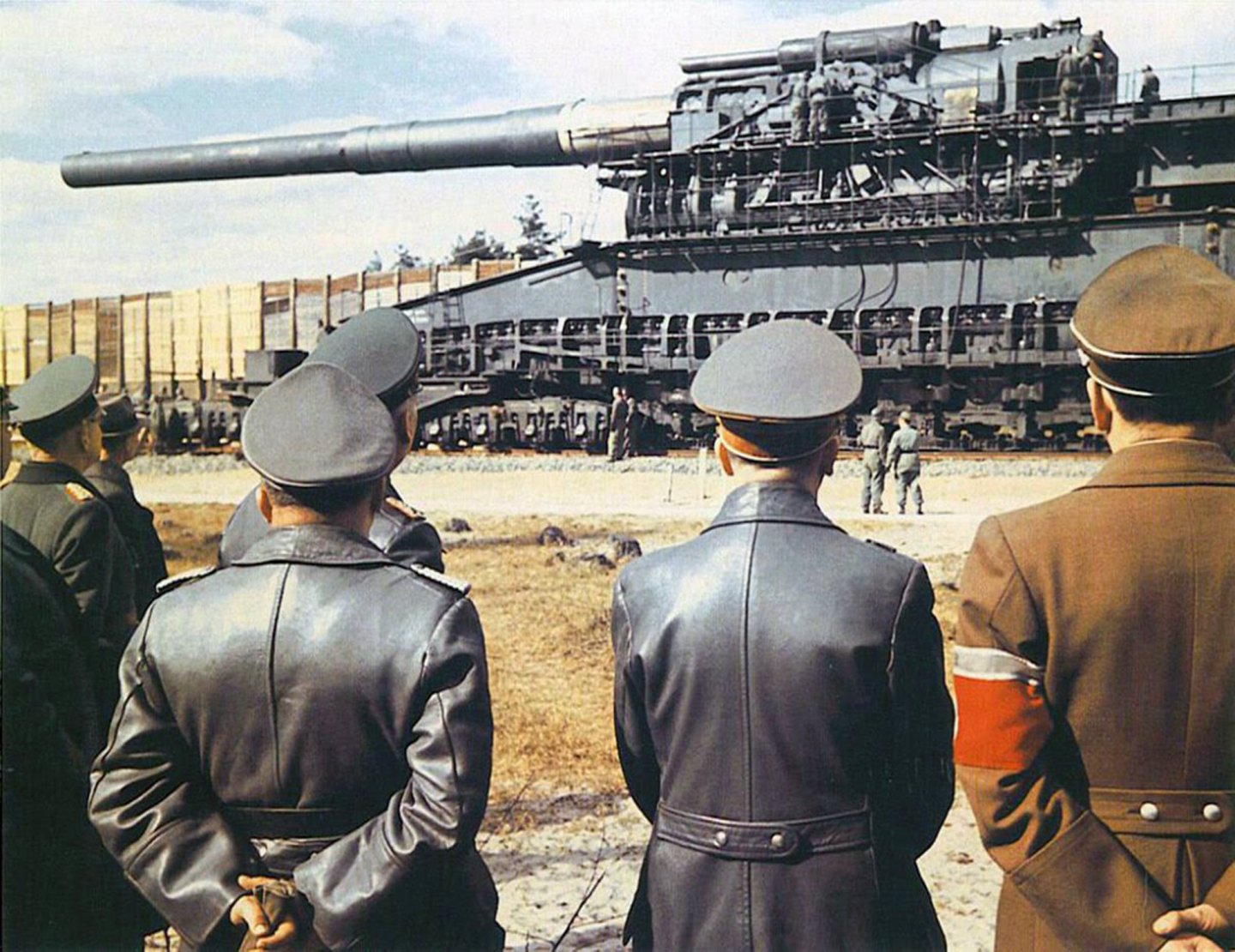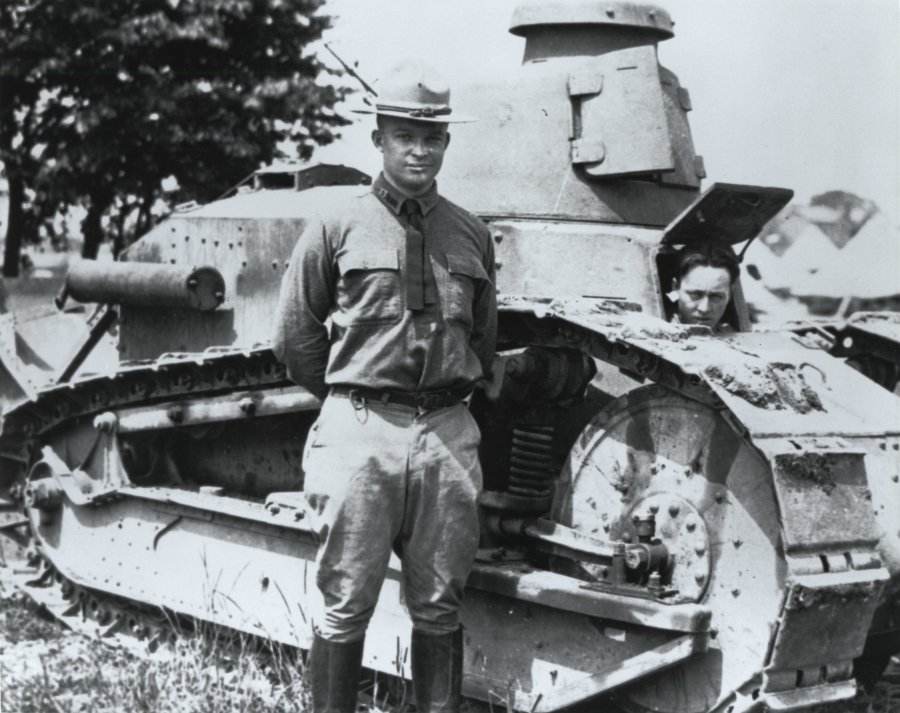-
Posts
4,364 -
Joined
-
Last visited
Content Type
Profiles
Forums
Gallery
Events
Everything posted by Egilman
-
NOW we are having FUN!!!! (I have a sneaking suspicion that stuned is a second cousin of stoned, halfway between tuned and stoned, and yes I've been there, chuckle) Nice work on the decal btw, I've also had to use that solution before, looks like you've got it down.... A nice smooth gloss coat should make that baby pop!
-
They are all going to say that, their paint works best with their primers and thinners.... You can expect that from each and every one of them.... Understand something, when it comes to paint there are two kinds of paint. (and true lacquer isn't one of them, it's poisonous, highly toxic and very flammable to start with) There are enamels (even the model paint called lacquers are really enamel paints) and acrylics. There are two basic types of acrylics water based and non-water based acrylics... So to a certain extent not all acrylics are equal... that is apart from the obvious branding issues... so that part of his argument is at least partly correct..... That's always the excuse my friend.... yes there are only a few manufacturers who make most of the paints in the country.... and that's not just in the US.... Alkyd enamels are what most model paints not called acrylic are, exactly the same as auto paint.... and you might be surprised in that they usually have little to no smell..... it's when applying them with a spray gun where they acquire the smell from the vast quantities of thinners needed to get them to shoot correctly.... and spray cans carry a lot of thinner to allow them to spray..... My opinion on acrylics and their use as model paints was the idea that they could sell the hobby to mothers if there was a paint material that didn't threaten to destroy everything the klutzy kid messed up with them being sloppy...... The much advertised water clean up and one hell of a marketing campaign as a safety measure. Which btw was completely false advertising... It takes twice as much work to put on a good looking acrylic finish than an enamel one...... (and almost requires an airbrush which is a luxury in this hobby imho) But most of us in the hobby go with what got us here, and for me that was enamels. I tried acrylics once, and immediately discarded them..... But then I guess it was one way to try and get more money from the hobby, thru their parents fear.... Bookkeepers have been trying to destroy this hobby for generations... Their excuses notwithstanding....
-
Yep, both sides took some huge gambles. Wellington knew that he couldn't win without the Prussians, but he knew that von Blucher was on the way with three corps... three days before the battle Wellington asked Blucher to try and divert some of Nappy's troops away from the battlefield while he prepared to hold.... Wellington took the risk that Blucher would arrive in time to reinforce his line..... Blucher upon arriving saw that Nappy had taken the risk of attacking without covering his left flank sufficiently and concentrated his artillery to reduce the British center.... Instead of reinforcing Wellington, von blucher made the decision to take a shot to end the war right then and there taking a page right out of Nappy's playbook sending his heavy cavalry into Nappy's left flank followed by his heavy infantry and light horse artillery while taking over wellington's right flank with the rest of his forces. This gave Wellington enough strength to withstand Nappy's killing field for a half day longer... And at the same time Blucher set up his own killing field...... Ney was committed fully watching his prize cavalry be decimated anong with the french heavy infantry reserves..... Wellington was right, it was a very close thing. without Blucher's intervention, Napoleon would have routed the British, he wouldn't have had much of an army left to face Blucher but Wellington would have had to withdraw as his army was virtually destroyed.... Napoleon would have lived to fight another day.... Neither the British nor the Prussians could have beaten Napoleon on their own, only together in cooperation did they win, but it was still a very close thing.... He almost pulled it off... In the end Napoleon's army was destroyed and he was forced to surrender cause he could not stop the allied advance on Paris following the battle.... Timing is everything......
-
As the summer of 1918 began, air tactics started to evolve, due to the increasing capabilities of the aircraft involved... It was time for this to happen given the pace of technology the same as Patton applying Cavalry tactics to the tank corps.... Warfare was beginning to modernize quickly.... It's just as well that the Germans surrendered cause there is no way of knowing what it would have evolved into. a 20 year pause and we had a good example of what it evolved into during the battle of France.... And another note: warfare at the end of WWII did not resemble warfare at the start either. Nothing develops faster than the techniques and technology of warfare during periods of war..... For example, at the start of WWII Radar was nothing more that a big jagged blip on a single small screen, basically showing you that something was there. By the end they were bombing from aircraft using downlooking radar profiling the target, and had radar guided antiaircraft guns that could pick out individual aircraft.... Artillery was still manual calculations and line of sight at the start, by the end they had computer programmed ballistic charts, Time on Target and radar controlled guns.... At the start you fired a torpedo and hoped that it functioned correctly, at the end they had sonar homing torpedoes... Warfare/killing is the fastest driver of tech mankind ever conceived of....
-
Well, Napoloeon knew about General Thielemann's Prussian corps and sent Grouchy to stop it, which he did. What he didn't know about was von Blucher's army (two full corps) until they struck his flank and at that point he was committed and couldn't change his plans. By the time General Grouchy and completed his task of blocking out Thielemann's corps, it was too late to return to Waterloo from Wavre..... (and too late to save Napoleon) Napoleon had the right plan at the right time and the right battlefield to complete it on, problem is, he didn't know how large a Prussian army was coming to assist the allies... Wellington and von Blucher had decided on this course three days before the battle... They guessed right and won the battle when they agreed to send Thielmann's III corps out on the left flank drawing off Napoleons strength. his orders to Grouchy to break off and return to Waterloo arrived too late (8:oopm) and after the battle of Wavre. By that point in time, the die was cast Napoleon was almost surrounded and the first French infantry was beginning to break....
-
It wasn't that heavily manned but it was sitting partially in the center/flank of his advance, not completely surrounded Napoleon did not have enough troops to completely take the field (he seldom did) but his tactics were to hold center and break a flank on one side or the other... Why did he need to reduce the farm? Because he changed his normal tactics. He wanted to break Wellington's center.... (while he still had the chance) For the same reason Burnside needed to reduce Marye's Heights at Fredricksburg, with the position held by the enemy, artillery from that position would create a devastating cross fire on any assaulting units attacking the main enemy positions.... Burnside could not reduce the heights cause of Longstreet's cannon covered the approaches, the same reason Napoleon could not outflank Wellington before the Prussians arrived because reducing the farm quickly proved impossible..... He could not leave it there and place his main column in such a cross fire situation overlooked by artillery.... He had to reduce it before the prussians arrived.... He finally did take it and brought his artillery up to pulverize the British center with cannister..... in support of his main thrust in breaking Wellington's center.... Except the Prussian cavalry attacked breaking thru on the flank routing the French heavy infantry and closing the battlefield around him.... By taking the farm, Napoleon almost won the battle.... But the Prussians arrived, earlier than expected. Immediately going on attack, they instituted their flanking maneuver, allowing the British and allied reinforcements to concentrate on the main thrust which was barely contained in front of resolute french assaults.... The British had finally learned how to defeat Napoleon..... Many say it was pure luck, Was it luck? I don't think so, I agree with von Clausewitz... (chief of staff of the Prussian III corps)..... "Bonaparte and the authors who support him have always attempted to portray the great catastrophes that befell him as the result of chance. They seek to make their readers believe that through his great wisdom and extraordinary energy the whole project had already moved forward with the greatest confidence, that complete success was but a hair's breadth away, when treachery, accident, or even fate, as they sometimes call it, ruined everything. He and his supporters do not want to admit that huge mistakes, sheer recklessness, and, above all, overreaching ambition that exceeded all realistic possibilities, were the true causes." -- Clausewitz & Feldzug von 1815 (Campaign of 1815), Chapter 3. It was a turning point of history..... Definitely one to be remembered.....
-
Coming along very nicely Dennis.... Was it issued too late? good question.... They had them both, and the decided lean in air to air tactics was the dogfight, where maneuverability was king... The DR.1 had that in spades, the only allied plane that came close was the Sopwith Tripe I believe... what broke the superiority of the DR.I in the air was the adoption of Boom and Zoom tactics using the latest editions of the Spad and several other high altitude designs... The DR.I was much less effective in that type of fight. The D VII was a boom and zoom aircraft from it's inception. But with a better designed high lift wing, longer fuselage and larger control surfaces and a much stronger airframe than had ever been put into an aircraft before...... It was able to hang with the dogfighters cause of it's strength, boom and zoom from higher altitudes cause of it's higher lift wing and dive faster as a result also... It took the change in air to air tactics over the western front to get it accepted by the pilots as the better aircraft..... And as far as being better? the "fokker scourge" was a result of exclusively issuing D VII's as replacements when all the other aircraft were being lost to the Spads & SE5A's.... the D VII turned the tide in the airwar to the Germans favor and the Allies didn't have an answer..... Many allied squadrons were issued orders to not engage a flight of D VII's when encountered especially when they were above you and experienced aviators were teaching the preserve yourself for another day tactics (escape and evade) to the young pilots when encountering a D VII in the air without an altitude advantage... Hence the 1918 "Fokker Scourge" and why it was the only aircraft demanded to be turned over to the allies and the specific prohibition on building more of them after the treaty...... In the last two months of the war the French were developing fighter sweep tactics for the Spad squadrons to defeat the "Fokker Scourge", results were mixed, the British were beginning to adopt similar tactics, but the war ended before those tactics could be fully developed..... One thing is for sure, the D VII took dogfighting out of the realm of superior tactical solution in air to air warfare as a doctrine and reduced it to ACM, (air combat maneuvering) simply a defensive skill that a pilot needed to survive..... Air combat became a battle of position and weapons..... It changed the tactics of Air to Air Warfare forever....
-
The 60th (Royal American) Regiment of Foot, better known under its later name, The King's Royal Rifle Corps, has long been associated with Canada after Braddock's defeat by the French and Indians in 1755, authority was granted to raise a regiment of four battalions to be recruited in Germany and from German colonists in North America. The regiment was named the 62nd, or Royal American, Regiment of Foot; but it was redesignated the 60th (Royal American) Regiment of Foot in February 1757. Recruiting for the Royal Americans in North America was disappointing, and more than half its strength was drafted from men rejected by British regiments in Ireland. From this unlikely collection of foreigners and cast-offs was fashioned one of the most renowned corps of the British Army. It was before both the War of 1812 AND the Revolution they were light so they could move relatively fast for infantry and they carried rifles rather than muskets to be effective at longer ranges with each man trained up as best he could be as a sharpshooter.... They are the forerunner of modern maneuver infantry....... The Indians of the NW territories came to hate them.....
-
Absolutely Roger, Washington's victories over the Mohawk confederacy of the Iroquois nation came from his experiences with dealing with them in the Seven Years War.... Being the studious officer he was he kept a journal of the tactics his enemies employed and studied them... His future tactical decisions came from combining the best of standard British practice with what he saw as some of the advantages of the way the Indians fought... Basically turning line infantry into maneuver units on the field that could flow with the battle separate and rejoin as needed given the tactical situation.... Washington was a great man very intelligent, but he was not a great general, so he studied and took every advantage he could. Which made him a great leader..... The French and Indian War was his coming of age as a leader of men...
-
Thanks Dennis and you too Carl, It was a learning experience. I think with the help of some of Craig's research I've got the answer to doing it in Rub n Buff..... Plans are in progress for Blue Jay Four #2 as we speak..... We will see that shiny Winged Cigar eventually.... But right now getting organized and I have a coors beer runner to finish..... EG
-
The raiders aircraft were modified B-25B-NA's (the B-25 painted up like Doolittle's at the USAF Museum is actually RB-25D 43-3374) there is only one surviving B-25B and although possible to make her fly, her wing spars have been cut which makes it unlikely... That is B-25B-NA SN 40-2347 the second to the last B-25B NA built and only three aircraft behind Doolittle's 40-2344 If there was one B-25 that could be rebuilt to match a Doolittle's Raiders plane this one is it.... The Bendix retractable belly turret was removed for an extra fuel tank...... The tail gun was removed, as was most of the armament. The latter half of the bomb bay, had a removable fuel tank installed.... they only had two bombs each... one for the primary and one for the secondary targets... Also they each loaded five jerry cans of extra fuel just before they took off... they knew before they ever took off the deck that they probably wouldn't make China... they went anyway..... Fuel was the real limiting factor with the raiders...... they modified enough for the raid with a little reserve I believe it was 32 aircraft. The Aircraft that were remaining after they left were sent back to North American and restored into true "B" models...... A standard production aircraft could not have done it....
-
No, the Versailles treaty required the Germans to turn over a complete "Paris Gun" to the allies but they never complied with it. And the allies, with the occupation of Germany, never found one.... all that was discovered/captured was the mount for one near Chateau Thierry. searches of the government archives never came up with the plans either... The Germans very effectively destroyed almost everything about those guns.... They did build a couple of updated versions which they used in WWII to shell southern England across the channel several times, they were captured by american forces shortly after D-Day... (that might be what you saw but I can find no record of them ever being put on display) And Atomic Annie was on display at Aberdeen for many many years....
-
True in a broad sense, at various points when needed in a specific campaign or battle some units were equipped with pikes to serve as assault troops..... but very rarely..... The "official" US Cavalry has a long as storied history starting in 1776, but there were local units formed prior to the actual date of creation by Congress... During the Revolution most cavalry was of the light horse type, (although the British did have and use Lancers, a form of heavy cavalry during the revolution) the Dragoons type of cavalry came along just before the Civil War and were extensively used during the Indian Wars... The US military prized the ability to fight both ways... On horseback and dis-mounted..... So no, we really didn't get the division of cavalry known as "Heavy". (although during the Civil War, there were a few instances of calvary being used in the role of heavy shock troops to break lines, but with the improvements of artillery to that point made it clear that the use of cavalry in the shock role was not a very good way to use excellent troopers) An excellent history of the US Cavalry is in the US Army's Lineage series... History of the Organization of the Armor and Cavalry Also goes into detail on how the Cavalry branch became the Armored branch which also has a long and storied history.... The period OC is modeling is when heavy Cavalry was at it's peak and most advanced and a very powerful force on the battlefield.....
-
You are correct Roger, the largest gun used by the Artillery corps was a 14" railroad gun, they had five battalions of them two were attached to the French Army and the other three to the AEF.... The largest gun we ever actually built and deployed was a seacoast weapon. 16" Bore and it was installed on the western approaches to the Panama Canal..... There was consideration and plans made to build an 18" weapon but it never came to fruition cause it became readily apparent after WWI that the airplane's ability to range hundreds of miles behind the lines delivering bombs really made railway artillery practically useless... (but we had them until the late '30's) Here is the 1917 manual of what the Army had in 1917..... the largest being that aforesaid 16"er... Description of 8, 10, 12, 14 and 16 Inch Seacoast Guns and Their Breach Mechanisms US Army Ordnance Department--pdf There are a bunch of links on the web about the Navy and their service in France during the war with the Railroad Artillery Battalions.... A very interesting read.... (and some short videos as well) EG
-
Good lookin' aircraft.... (couldn't help but notice "Really George" back there in the background, it's a good looker also) B-25B's are one of my favorites, but the heavy gun nosed ones are fun also.... Nice Work!
-
Actually yes it was... Schwerer Gustav 31.5" gun... (Schwerer Dora was the second one built) Designed in the '30's to be used for the destruction of the heavy forts of the Maginot line.... Very impressive piece... Gustav was used in several locations during WWII and was destroyed by the germans to prevent it from falling into soviet hands. Dora was used during the siege of Leningrad along with "Gustav". ("Dora" was also set up at Stalingrad and ready to fire when it was abruptly withdrawn to prevent it's capture by the encircling Russians) They are the largest and heaviest artillery ever used in combat.... (both the British and Americans had 36" mortars during WWII but they were test pieces and never actually deployed) Dora fired a 7 ton shell to 54 miles and was capable of piercing 7 meters of reinforced concrete or 1 meter of face hardened armor steel. The design's greatest success I read from a book a fail to remember the title of, was destroying a concrete underground ammo bunker that was 92 ft underground..... (and an underwater ammo depot under 32 ft of water and 10 ft of reinforced concrete) They were building an even larger gun called the "Langer Gustav" which was abandoned after RAF bombing of it's Essen building yard damaged it. Reminds me of the railroad guns the US Army Artillery Corps used during WWI.... (the largest of which was an 18" bore)
-
To give a little note about what the Army was like between the wars (1919 to 1936) Patton didn't regain the rank he held at the end of 1918 (Brig. General) until 1937 after the 3rd army maneuvers in La... Eisenhower did not regain the rank of Colonel until 1938 when he became COS of the First army and did so well that he soon was reassigned to Plans at the pentagon under GC Marshall where he received the brevet rank of Brig General.... The Army was lucky to retain them, both had received their notices of reaching mandatory retirement age before the 3rd Army maneuvers.... Patton as a Colonel and Eisenhower as a Major..... And, if it had been left up to McNair, neither would have been part of the Army when we got involved in WWII.... Such was the politics of the day.... McNair was a MacArthur guy and Eisenhower and Patton were GC Marshal men... (although both had served under General MacArthur at various points in their careers)
-
Yep and here a proud Captain Eisenhower in front of an FT-17 at Camp Colt around 1921. He commanded the Tank school there and was the first stateside officer to learn to drive an FT-17 cause he needed to know how to instruct the officers and men underneath him... During the War (WWI) he rose to the rank of Lt Colonel commanding the school and the FT-17 he learned to drive was sent home by direct order of Lt Colonel Patton from his allotment of french issued tanks so the stateside school would have an actual tank to train with..... Patton and Eisenhower formed American tank doctrine and battlefield tactics during and after WWI until the Tank corps was disbanded in the '20's. Patton going back to the Calvary and Eisenhower back to the Engineers/GSC..... Patton rose to the rank of Brig. General during the war and Eisenhower to Colonel, after the war, they stayed in the army and were demoted to Major and Captain respectively..... They were together at Camp Colt for 8 years Eisenhower commanding the school and Patton holding Unit command... Technically, even though at a lower rank Eisenhower was Patton's commander. The real strange thing is although both were well qualified as the best and most experienced armored officers we had between the wars, neither ever rose to command the Tank Corps... but that was the Army back then, it was more who you knew rather than what you knew..... Thankfully, they were both recognized for what they were and rose to appropriate rank when they were really needed...
About us
Modelshipworld - Advancing Ship Modeling through Research
SSL Secured
Your security is important for us so this Website is SSL-Secured
NRG Mailing Address
Nautical Research Guild
237 South Lincoln Street
Westmont IL, 60559-1917
Model Ship World ® and the MSW logo are Registered Trademarks, and belong to the Nautical Research Guild (United States Patent and Trademark Office: No. 6,929,264 & No. 6,929,274, registered Dec. 20, 2022)
Helpful Links
About the NRG
If you enjoy building ship models that are historically accurate as well as beautiful, then The Nautical Research Guild (NRG) is just right for you.
The Guild is a non-profit educational organization whose mission is to “Advance Ship Modeling Through Research”. We provide support to our members in their efforts to raise the quality of their model ships.
The Nautical Research Guild has published our world-renowned quarterly magazine, The Nautical Research Journal, since 1955. The pages of the Journal are full of articles by accomplished ship modelers who show you how they create those exquisite details on their models, and by maritime historians who show you the correct details to build. The Journal is available in both print and digital editions. Go to the NRG web site (www.thenrg.org) to download a complimentary digital copy of the Journal. The NRG also publishes plan sets, books and compilations of back issues of the Journal and the former Ships in Scale and Model Ship Builder magazines.

